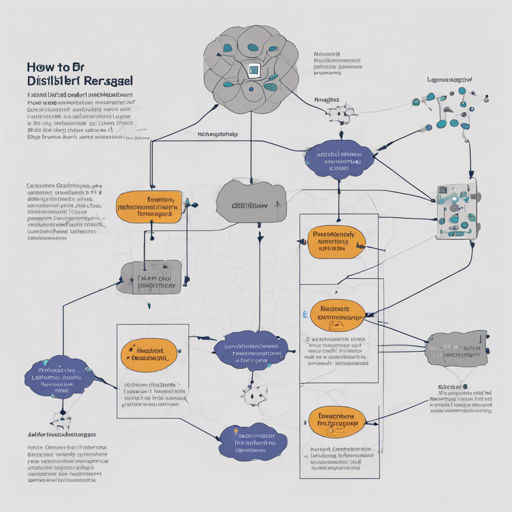In the ever-evolving landscape of artificial intelligence, particularly in the realm of natural language processing, enhancing information retrieval systems is of utmost importance. One such advancement is the use of DistilBert for Dense Passage Retrieval. In this guide, we will dive into how to implement a retrieval-trained DistilBert model, known as BERT_Dot, utilizing Balanced Topic Aware Sampling (TAS-B).
What is BERT_Dot?
BERT_Dot is a model built on a 6-layer DistilBERT architecture, specifically designed for effective retrieval trained on the MSMARCO-Passage dataset. It operates using a dual-encoder and dot-product scoring mechanism, pooling the CLS vector to create representations for both queries and passages.
Steps to Implement BERT_Dot
- Set Up Your Environment:
- Ensure you have a recent version of Python and necessary libraries such as PyTorch and Hugging Face Transformers.
- Install dependencies by running the command:
pip install torch transformers
- Import the Model:
Access the BERT_Dot model via the GitHub repository for specific implementation details and usage examples: GitHub Repository.
- Load the Dataset:
Load the MSMARCO dataset for training by referring to the documentation provided on the GitHub page mentioned above.
- Training the Model:
Utilize a batch size of 256 for optimal performance. You can train the model on a single consumer GPU in approximately 48 hours.
- Evaluating the Model:
Test the model’s effectiveness on benchmark datasets like MSMARCO-DEV and TREC-DL19 to monitor its performance using metrics such as MRR (Mean Reciprocal Rank) and NDCG (Normalized Discounted Cumulative Gain).
The Analogy: DistillBert as a Knowledge Guide
Think of DistilBert as a highly efficient librarian who has read and remembered countless books. When you ask the librarian a question (a query), they quickly sift through their mental catalog of books (passages) and provide you with the most relevant information. Just as a good librarian uses a systematic way (the scoring mechanism) to prioritize the responses they provide, BERT_Dot employs a dual-encoder architecture and dot-product scoring to quickly match and retrieve passages that best answer your query.
Troubleshooting Tips
While implementing BERT_Dot, you may encounter some challenges. Here are some troubleshooting ideas:
- Model Bias: Be aware that the model inherits social biases from the training datasets. Regular conversions and updates to your datasets can help mitigate this issue.
- Longer Text Limitations: Since the model is primarily trained on shorter passages, it may not perform well with longer texts. Consider breaking down longer queries into shorter, more digestible components.
- If issues persist, feel free to explore additional information or seek support at **[fxis.ai](https://fxis.ai)**.
Your Journey with BERT_Dot
Implementing the DistilBert-based BERT_Dot model can significantly enhance your information retrieval systems, making them more efficient and effective. By leveraging the techniques discussed, you can contribute to advancing AI technologies in practical applications.
At fxis.ai, we believe that such advancements are crucial for the future of AI, as they enable more comprehensive and effective solutions. Our team is continually exploring new methodologies to push the envelope in artificial intelligence, ensuring that our clients benefit from the latest technological innovations.
Further Reading
If you’re interested in an in-depth analysis of the techniques and their implications, don’t hesitate to check our paper on the topic: Research Paper.
For more insights, updates, or to collaborate on AI development projects, stay connected with fxis.ai.

